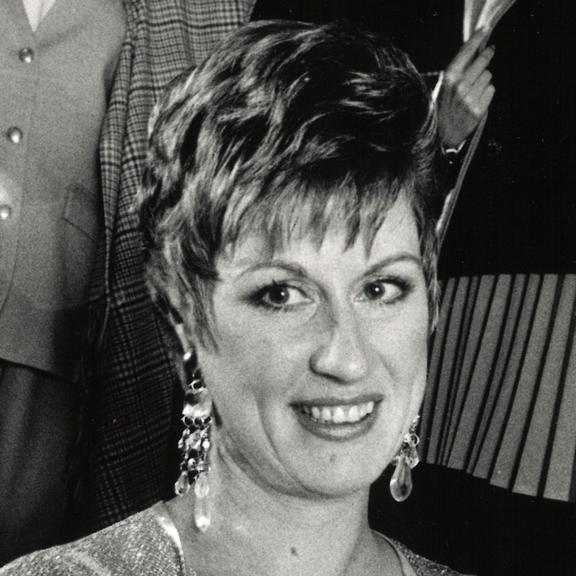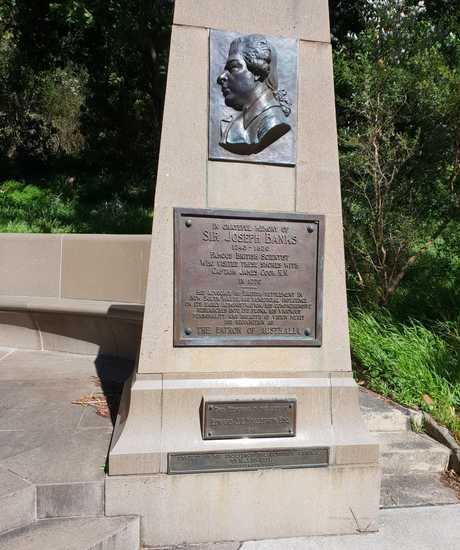Perri Cutten: A Timeless Legacy in Fashion
Remembering Perri Cutten: A trailblazing Australian fashion designer whose timeless elegance and...

 Search...
Search...

When Edward John Lees Hallstrom had a passion for something, he threw everything at it. Whether it was discovering how to keep food cold, the new aviation industry, philanthropy or animals, he would be their greatest supporter.
The eighth child of nine, Edward was born into extremely hard conditions with little to no chance of securing a worthwhile education. He had to leave school at an early age and so began a journey of self-teaching that would open up a world of possibilities and entrepreneurialism.
He started his working life as a cabinet maker, eventually establishing his own bedstead manufacturing business. He took a great interest in flying and was friendly with pioneer aviators such as Bert Hinkler and George Taylor. Edward would build box kites for Taylor and was with him on his inaugural flight at Narrabeen Beach in December 1909.
Refrigeration was a young industry, and Edward started to tinker with building his own refrigerator. He would spend countless hours working on different inventions in his Dee Why backyard. By 1923 he produced his first commercial product - the Icy Ball absorption refrigerator, which was kerosene-powered. Known as Hallstrom's Icy Ball, it was designed to be used in the Australian outback. He even went out there himself to sell the units.

Edward's product line expanded to include the development of the Silent Knight refrigerator, which became very popular in Australian households. It included gas-powered and electric models. By this time he had moved his work from the backyard to a factory in Willoughby, NSW. During World War Two the factory manufactured munitions, as well as refrigerators for the United States Army.
By the mid-1940s Hallstroms Pty Ltd was turning out 1200 refrigerators per week and employed over seven hundred people, including members of the family. The Silent Knight became a household name as it was a reasonably priced local product during the post-war era. This became economically more viable for ordinary families when imported refrigerators were more expensive. Their popularity made Edward a millionaire.

His love for animals steered him towards philanthropy where he helped establish Sydney's Taronga Park Zoo, developing techniques for breeding many rare animals, despite never training in zoology. With the proceeds of the sale of five hundred kerosene refrigerators in Africa in 1937, he bought two rhinoceroses which he presented to the Taronga Zoological Park Trust. These were the first of many gifts.
He personally funded the purchase of many large and exotic species from overseas and established a farm at Mona Vale, a suburb on Sydney's northern beaches, to produce fresh food for the zoo animals. He also set up a fauna reserve on the outskirts of Sydney, later to form part of the Muogamarra Nature Reserve.
He spent time visiting many zoos and museums in America and Europe, presenting four American zoos with rare birds from New Guinea, where he founded a Bird of Paradise Sanctuary and established an experimental sheep-breeding station.
He became Chairman of the zoo's trust and was its honorary life director for many years. He was eventually knighted by the Queen in 1952.
His company sponsored a conservation-oriented panel program Nature Speaks from 1947-54 on radio 2GB, compered by John Dease. Working so closely with many different types of animals had its pitfalls, however. In 1964 a giraffe attacked him and deeply gashed his face.
His philanthropic habits were also directed towards medical research, donating large sums of money to Sydney hospitals in the hope of finding cures for cancer, tuberculosis and heart disease. Edward came from a Methodist background and he established the John Lees chapel in the Wesley Centre in Pitt Street in honour of his 2 x great-grandfather John Lees, who built the first Wesleyan chapel in the southern hemisphere. He also set up the Margaret Hallstrom home for unmarried mothers, helping to establish five other homes and a hospital of the Central Methodist Mission.
At the time of his death, his gifts to charity and the community were estimated to exceed $4 million.
His wife Margaret Jaffrey died after 57 years of marriage. At age 84 in 1969 Edward married Dr Mary Mabel Maguire nee McElhone, a widow and old friend, but only lived another 8 months, dying in 1970. His funeral was held at St Andrews Cathedral in Sydney. His ashes are at Northern Suburbs crematorium.

Tales From The Grave - Uncovering family history from down under By Samantha Elley
References